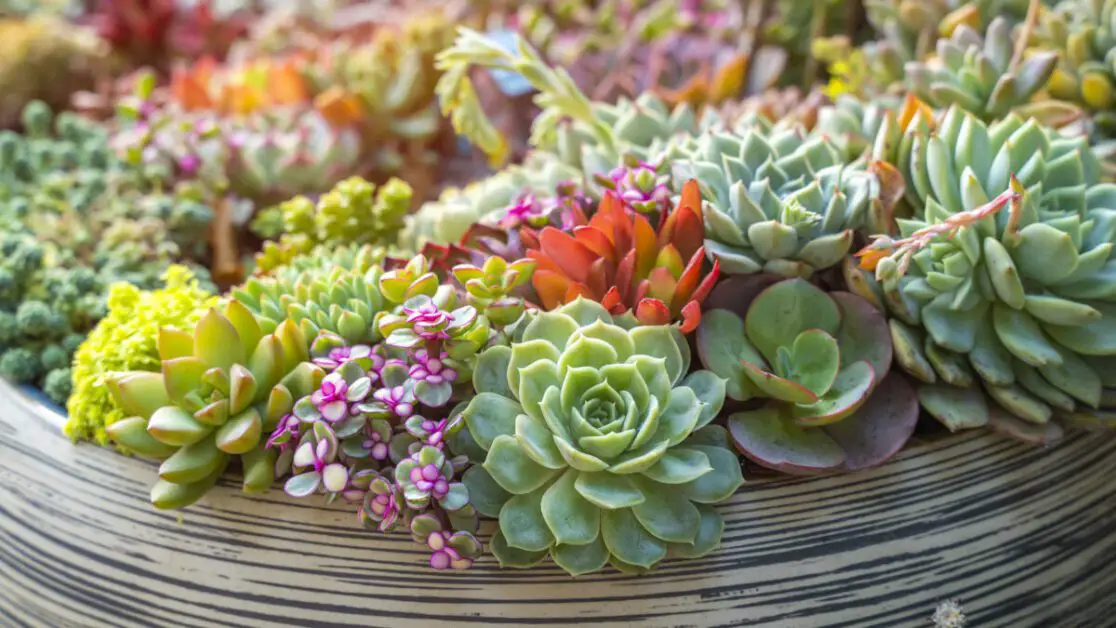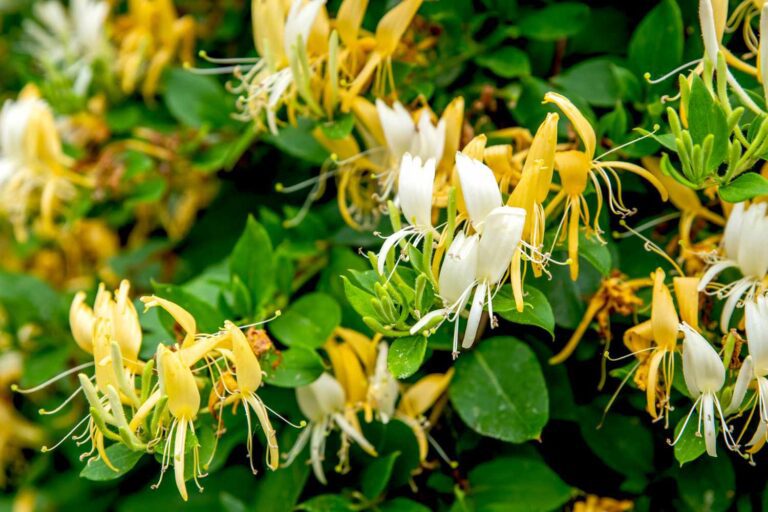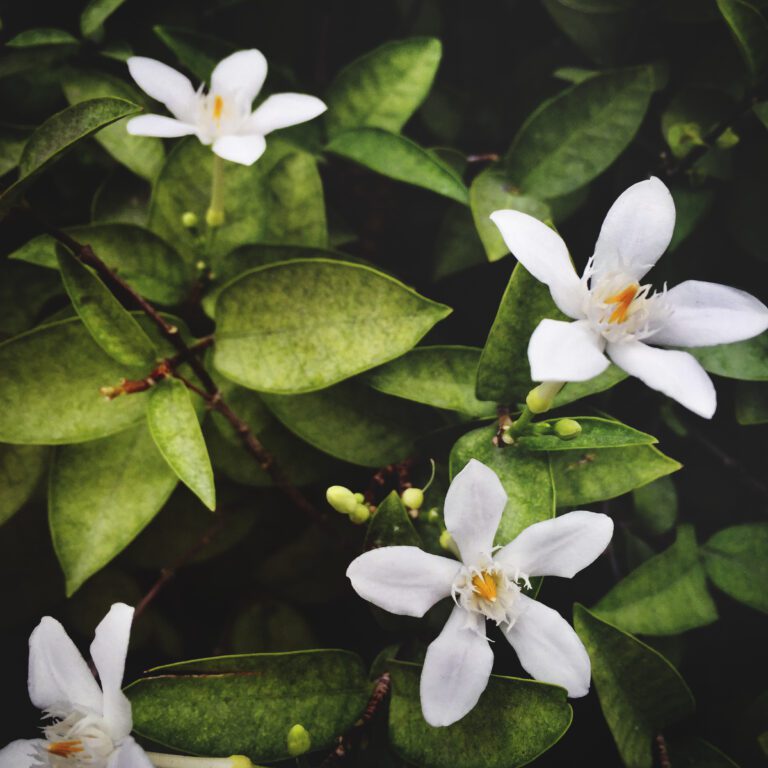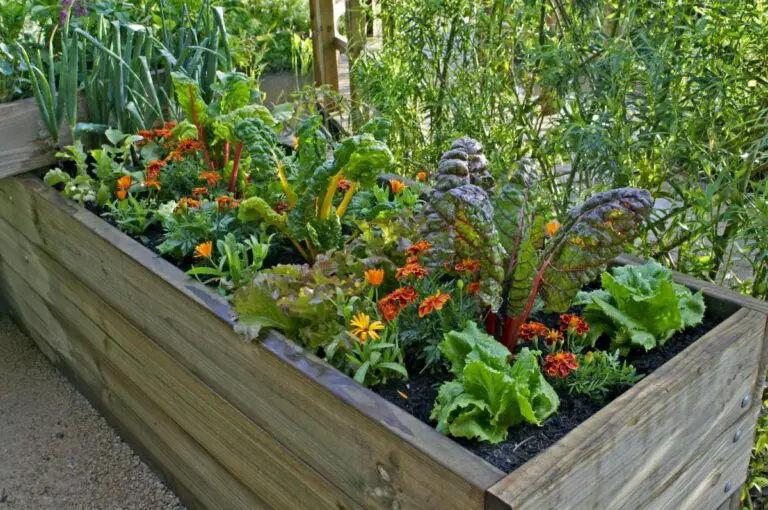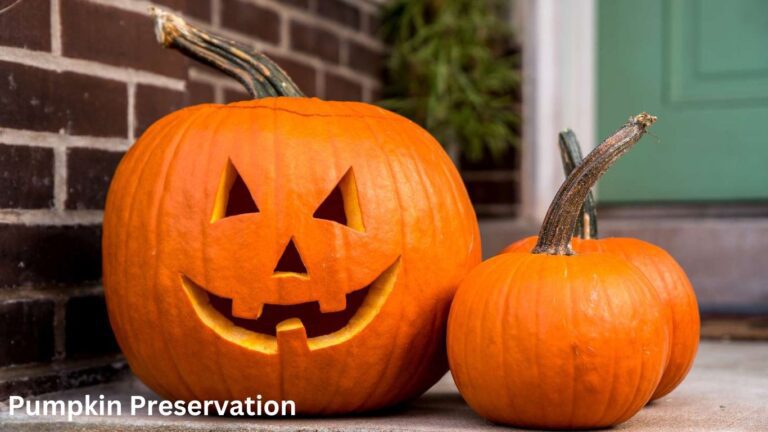Indoor Succulent Selection: 21 Top Varieties
Types of Indoor Succulents
Succulents are popular indoor plants due to their unique shapes, colors, and low maintenance requirements. Some common types of indoor succulents include Aloe Vera, known for its soothing gel with medicinal properties; Echeveria, with rosette-shaped leaves in a variety of hues; and Jade Plant, a symbol of good luck and prosperity with its glossy green fleshy leaves. These succulents are easy to care for and can thrive in indoor environments with proper attention to their growing needs.
Another group of indoor succulents that are beloved by plant enthusiasts are the Haworthias, characterized by their compact size and intricate patterns on their leaves. These plants, such as the Zebra Plant and the Pearl Plant, add a touch of elegance to any indoor space. Additionally, the Sedum genus offers a diverse range of choices, including the Burro’s Tail succulent known for its trailing stems, and the Jelly Bean succulent with plump, colorful leaves resembling candies. These indoor succulents are not only visually appealing but also help purify the air in your home.
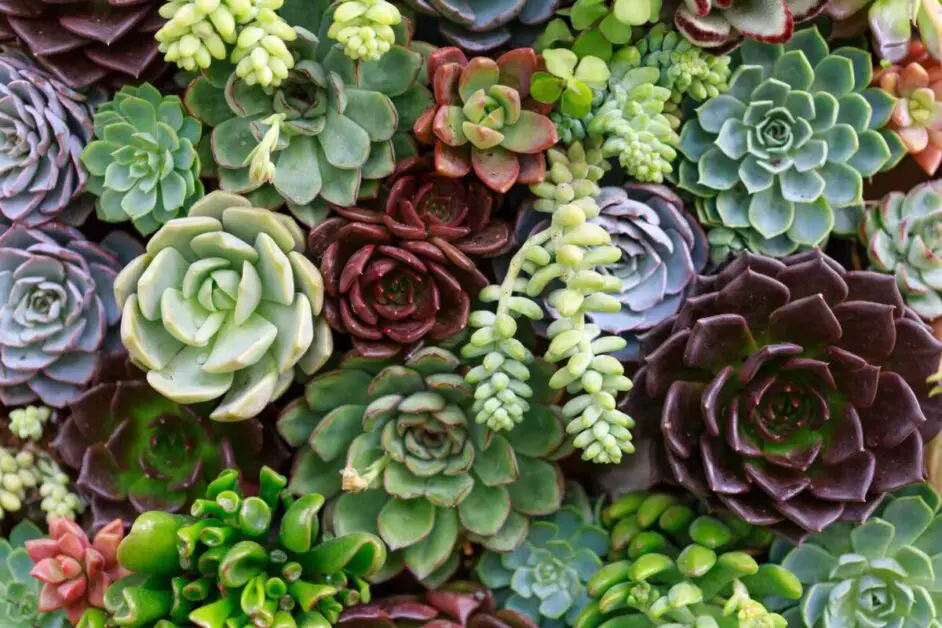
Best Growing Conditions for Indoor Succulents
To ensure the health and vitality of your indoor succulents, it is essential to provide them with optimal growing conditions. Succulents thrive in environments with plenty of sunlight, ideally receiving at least six hours of indirect sunlight per day. Placing them near south or west-facing windows can help them photosynthesize effectively and maintain their vibrant colors.
In terms of temperature, indoor succulents prefer a range between 60 to 80 degrees Fahrenheit (15 to 27 degrees Celsius) during the day and slightly cooler temperatures at night. Avoid placing succulents near drafty windows or vents, as sudden temperature changes can stress the plants. Additionally, maintaining good air circulation around the succulents can help prevent the development of fungal diseases.
Watering Tips for Indoor Succulents
When it comes to watering indoor succulents, it’s crucial to understand their unique needs to ensure their health and longevity. Succulents are known for their ability to store water in their leaves, stems, and roots, making them well-suited for arid conditions. Overwatering is a common issue that can lead to root rot and other problems, so it’s important to strike the right balance.
One key tip for watering indoor succulents is to allow the soil to dry out completely between waterings. Stick your finger into the soil to check for moisture – if it feels dry an inch or two below the surface, it’s time to water. Avoid setting a strict watering schedule and instead adjust based on the specific needs of each plant and the environmental conditions in your home. Remember, it’s better to underwater than overwater when it comes to succulents.
Light Requirements for Indoor Succulents
Indoor succulents require ample sunlight to thrive and maintain their vibrant colors and compact growth. Placing them in a spot where they can receive at least 6 hours of direct sunlight per day is crucial. South or west-facing windows typically provide the most intense sunlight, while east-facing windows offer gentler morning light, which may be more suitable for certain succulent varieties.
Insufficient light can result in stretched-out, leggy growth and a loss of color in succulents. If natural light is limited in your living space, supplementing with a grow light can help meet your succulents’ light requirements. Remember to rotate your plants regularly to ensure they receive even light distribution on all sides and promote balanced growth.
Common Pests and Diseases in Indoor Succulents
Succulents are generally low-maintenance plants, but they are still susceptible to certain pests and diseases when grown indoors. Two common pests that indoor succulent enthusiasts may encounter are mealybugs and spider mites. Mealybugs are small, soft-bodied insects that feed on plant sap, leaving behind a white, powdery residue on the plant. Spider mites, on the other hand, are tiny arachnids that also feed on plant sap, causing stippling on the leaves and fine webbing between them.
In terms of diseases, root rot is a major concern for indoor succulents. Root rot is typically caused by overwatering or poor drainage, leading to the roots becoming waterlogged and susceptible to fungal infections. Symptoms of root rot include wilting, yellowing leaves, and a foul odor emanating from the soil. To prevent these common pests and diseases, it is crucial to practice good watering habits, provide adequate air circulation, and regularly inspect your indoor succulents for any signs of infestation or infection.
The table below is to show some of the common pests and diseases of indoor succulents:
| Pest/Disease | Description |
|---|---|
| Mealybugs | Small, white, cottony insects that feed on plant sap. They often hide in leaf axils and along stems, causing stunted growth and yellowing of leaves. |
| Scale Insects | Tiny, immobile pests that attach themselves to stems and leaves, sucking sap from the plant. They appear as small bumps and can cause leaf yellowing, wilting, and dieback. |
| Spider Mites | Microscopic pests that feed on plant sap, causing stippling, webbing, and yellowing of leaves. They thrive in dry conditions and reproduce rapidly, leading to widespread infestations. |
| Root Rot | Fungal disease caused by overwatering or poorly drained soil, leading to rotting of roots and eventual wilting and collapse of the plant. |
| Powdery Mildew | Fungal disease characterized by white, powdery growth on leaves and stems. It thrives in warm, humid conditions and can cause leaf distortion and premature leaf drop. |
| Leaf Spot | Fungal or bacterial disease causing circular, brown spots on leaves. In severe cases, spots may merge, leading to leaf yellowing, wilting, and defoliation. |
| Fusarium Wilt | Fungal disease affecting the vascular system, causing wilting, yellowing, and eventual collapse of the plant. It is often fatal and spreads through contaminated soil or water. |
| Aphids | Small, soft-bodied insects that feed on plant sap, causing distorted growth, yellowing of leaves, and the secretion of sticky honeydew. They reproduce quickly and attract ants. |
Propagation Methods for Indoor Succulents
When it comes to propagating indoor succulents, there are several methods that can be used to expand your collection or share these beautiful plants with others. One common technique is leaf propagation, where you carefully remove healthy leaves from the parent plant and allow them to callus before placing them on damp soil to develop new roots and eventually grow into new plants. Leaf propagation works well for many types of succulents, such as Echeveria and Sedum varieties.
Another popular propagation method for indoor succulents is stem cutting, which involves cutting a healthy stem from the parent plant and allowing it to dry and callus before planting it in well-draining soil to establish roots. This method is effective for succulents like Crassula and Kalanchoe species, offering a straightforward way to multiply your favorite plants and fill your indoor garden with a variety of shapes and colors.
Choosing the Right Containers for Indoor Succulents
When choosing containers for your indoor succulents, it’s essential to consider factors such as drainage, size, and material. Succulents thrive in containers that allow excess water to drain freely, preventing root rot and other moisture-related issues. Opt for pots with drainage holes at the bottom or utilize containers with a well-draining potting mix to ensure proper moisture levels for your plants.
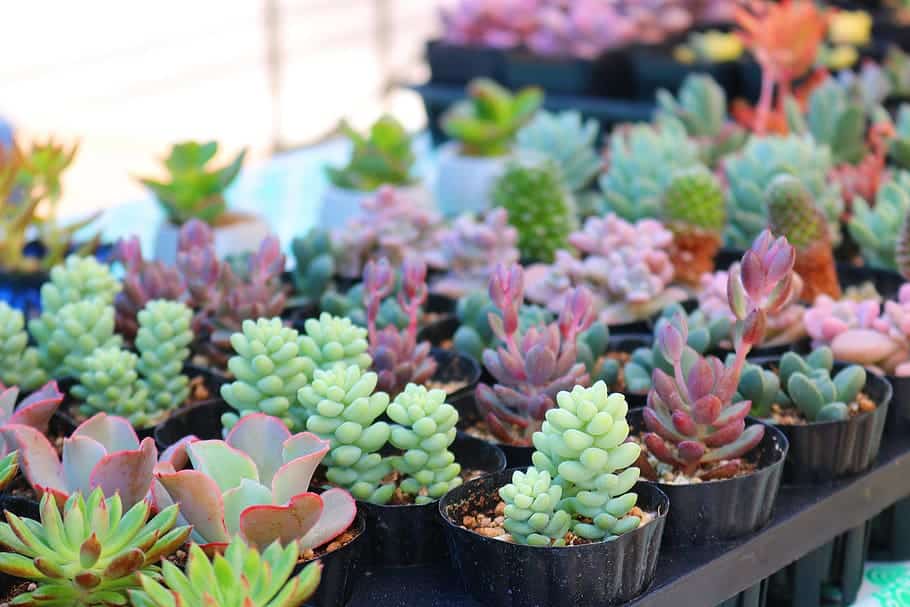
The size of the container is also crucial for the healthy growth of indoor succulents. Select a pot that accommodates the current size of the plant, leaving some room for root expansion. Too large of a container can lead to waterlogged soil, while a too small container may constrict root development. Additionally, consider the material of the container. Porous materials like terracotta allow for airflow to the roots, aiding in proper respiration and preventing waterlogging. Plastic and glazed pots retain moisture longer, suitable for succulents that prefer slightly more humidity.
Soil Mixes for Indoor Succulents
When it comes to choosing the right soil mix for your indoor succulents, it’s essential to provide a well-draining medium that mimics their natural habitat. Succulents thrive in soil mixes that allow excess moisture to drain away quickly, preventing root rot and other issues caused by water accumulation. A popular soil mix for indoor succulents is a combination of potting soil, perlite, and coarse sand in a 2:1:1 ratio. This mix provides a balanced environment for the succulents, allowing them to get the nutrients they need while ensuring proper drainage.
Another excellent option for indoor succulents is a cactus mix, which is specifically formulated to meet the low-water needs of succulents. Cactus mixes are usually composed of sand, perlite, and organic matter, providing a well-aerated medium that promotes root health and growth. These soil mixes are designed to mimic the arid conditions of succulents’ native habitats, helping them thrive indoors. Remember to repot your indoor succulents every 1-2 years to refresh the soil and ensure optimal growing conditions for these resilient plants.
Seasonal Care for Indoor Succulents
As the seasons change, it is important to adjust your care routine for indoor succulents to ensure their health and vitality. During the summer months, when temperatures rise and days are longer, be mindful of providing adequate ventilation to prevent succulents from overheating. Consider moving them to a cooler spot if necessary and increase watering frequency to account for evaporation.
In the winter, when daylight hours are shorter and temperatures drop, it is crucial to protect indoor succulents from drafts and cold temperatures. Consider placing them near a sunny window to maximize sunlight exposure and reduce watering to prevent root rot in the cooler, slower growing season. Adjusting your care routine based on the seasonal needs of your indoor succulents will help them thrive year-round.
Indoor Succulent Display Ideas
For a visually appealing indoor succulent display, consider arranging a variety of succulent species in a shallow dish or terrarium. Mix different colors, textures, and sizes to create an eye-catching composition that will enhance any room in your home. Grouping succulents with similar watering and light requirements together will help maintain their health and vibrant appearance. Additionally, incorporating decorative elements like rocks, sand, or crystals can add a unique touch to your succulent display.
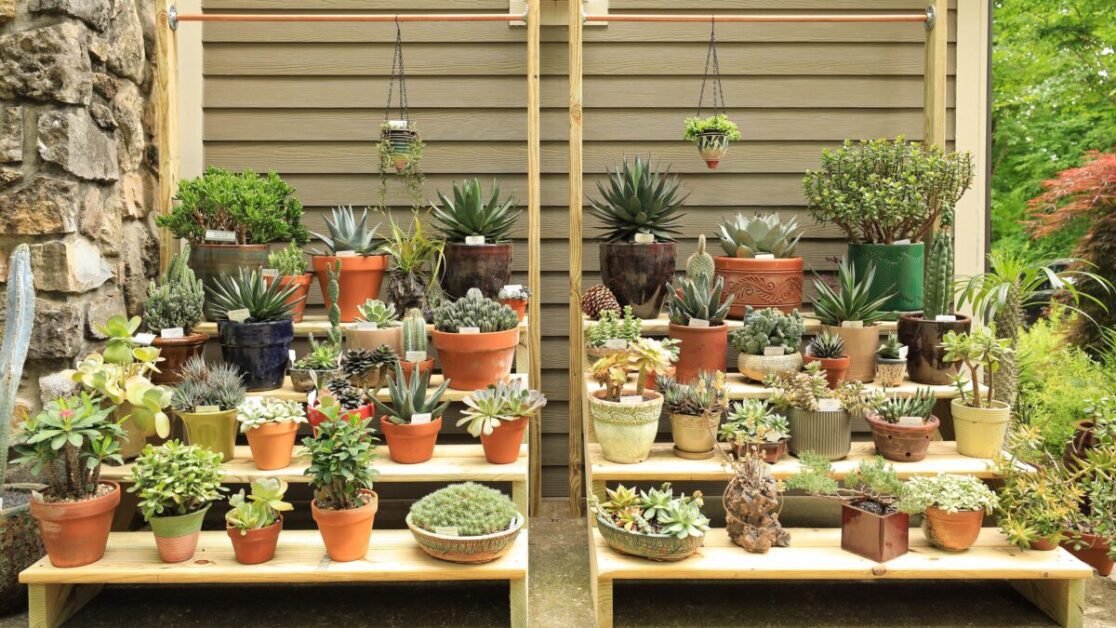
Another creative way to showcase your indoor succulents is by hanging them in a vertical garden arrangement. Utilize wall-mounted planters, macrame hangers, or even repurposed containers to create a stunning living wall of succulents. This not only maximizes space but also adds a green focal point to your living area. Remember to consider the weight of the containers and the root space needed for each succulent to ensure they thrive in their new vertical home.
Benefits of Growing Indoor Succulents
Growing indoor succulents not only adds a touch of green to your living space but also comes with a myriad of benefits. These resilient plants require minimal maintenance, making them ideal for busy individuals or those new to gardening. Their water-storing leaves help them thrive in drier conditions, reducing the need for frequent watering compared to other houseplants. Additionally, indoor succulents are known for their air-purifying properties, enhancing the air quality in your home by absorbing toxins and releasing oxygen.
Moreover, incorporating indoor succulents into your decor can bring a sense of tranquility and serenity to any room. Their unique shapes, colors, and textures can be creatively arranged to suit your personal style, adding a refreshing and visually appealing element to your indoor environment. With a wide variety of succulent species available, you can easily find the perfect plants to complement your decor and express your individual aesthetic preferences.
Here are some of the benefits of indoor succulents:
| Benefit | Description |
|---|---|
| Air Purification | Succulents help improve indoor air quality by absorbing harmful toxins such as formaldehyde and benzene, promoting a healthier environment. |
| Low Maintenance | Indoor succulents are low-maintenance plants that require minimal care, making them ideal for busy individuals or those with limited gardening experience. |
| Decorative Appearance | With their unique shapes, colors, and textures, indoor succulents add aesthetic appeal and visual interest to indoor spaces, enhancing interior decor. |
| Stress Reduction | Caring for indoor plants like succulents has been shown to reduce stress levels and promote relaxation, creating a calming atmosphere in homes and offices. |
| Space Efficiency | Succulents come in various sizes, from small pots to hanging arrangements, allowing for flexible placement in tight or limited spaces, such as apartments or offices. |
| Versatility | Succulents are versatile plants that can thrive in a variety of indoor conditions, including bright sunlight or low light, making them adaptable to different environments. |
| Propagation Ease | Many succulent species are easy to propagate from stem or leaf cuttings, providing an opportunity for gardeners to expand their plant collection or share with others. |
| Educational Value | Growing indoor succulents offers an educational opportunity to learn about plant care, propagation methods, and the natural world, making them excellent teaching tools for schools and families. |
Indoor Succulent Maintenance Tips
When it comes to maintaining indoor succulents, proper care is essential for their health and longevity. Regular inspection of your plants is key to catching any issues early on. Look out for signs of overwatering, underwatering, pests, or diseases. Addressing any problems promptly can prevent them from worsening and harming your plants.
In addition to regular monitoring, make sure to follow a consistent watering schedule based on the specific needs of each succulent species. Overwatering is a common issue with indoor succulents, so it’s crucial to allow the soil to dry out between watering sessions. Remember that different types of succulents have varying water requirements, so it’s important to understand the needs of each individual plant in your collection.
Creative Ways to Arrange Indoor Succulents
When it comes to arranging indoor succulents, the possibilities are endless. One creative way to showcase your succulents is by creating a vertical garden using a variety of different species. This not only saves space but also adds a unique and eye-catching element to your indoor space. Additionally, you can group succulents of varying heights and textures together to create a visually appealing arrangement that adds depth and interest to any room.
Another fun way to arrange indoor succulents is by incorporating them into terrariums or glass containers. These enclosed environments not only provide a unique way to display your succulents but also create a mini ecosystem that requires minimal maintenance. You can mix and match different types of succulents to create a stunning terrarium that can serve as a focal point in any room.
Indoor Succulent Troubleshooting Guide
If you notice your indoor succulents looking a bit lackluster, it may be due to overwatering. Succulents are adapted to store water in their leaves, stems, or roots, making them particularly sensitive to excess moisture. Check the soil moisture levels by inserting your finger about an inch deep into the soil; if it feels damp, hold off on watering to prevent root rot. Additionally, ensure your pots have proper drainage holes to allow the excess water to escape.
Yellowing or browning of succulent leaves can often be a sign of inadequate sunlight. Succulents typically thrive in bright, indirect light, so if you notice discoloration, consider moving your plants to a sunnier spot. Keep an eye out for signs of etiolation, where stems stretch out unnaturally in search of light, indicating the need for more sunshine. Rotate your succulents periodically to promote even growth and prevent one side from receiving more light than the other.
Watch the video to learn more about indoor succulents.
Indoor Succulent Resources and Where to Buy
When it comes to sourcing indoor succulents, there are various resources available for gardening enthusiasts. One of the most convenient options is to visit local nurseries and garden centers that often carry a wide selection of indoor succulents. These establishments offer the advantage of being able to physically inspect the plants before making a purchase, ensuring their quality and suitability for your indoor space.
For those who prefer the convenience of online shopping, there are numerous websites dedicated to selling indoor succulents. Popular online retailers and specialized plant shops provide a diverse range of indoor succulent varieties, allowing you to browse and select plants from the comfort of your own home. Additionally, online platforms often offer detailed descriptions and care instructions for each plant, aiding in the proper cultivation of indoor succulents.
Where can I find unique and rare indoor succulents to add to my collection?
You can find unique and rare indoor succulents from specialty online retailers, local plant nurseries, or succulent shows and markets.
Are there any online forums or communities dedicated to indoor succulent enthusiasts?
Yes, there are several online forums and communities where indoor succulent enthusiasts share tips, tricks, and photos of their collections. Websites like Reddit’s r/succulents and Facebook groups like Succulent Fanatics are great places to connect with other indoor succulent lovers.
Can I purchase pre-made indoor succulent arrangements for my home or office?
Yes, many florists, garden centers, and online retailers offer pre-made indoor succulent arrangements that are perfect for adding a touch of greenery to any space.
Are there any subscription services that specialize in indoor succulents?
Yes, there are several subscription services that specialize in indoor succulents. These services typically deliver a new succulent or succulent arrangement to your doorstep each month, making it easy to grow your collection over time.

